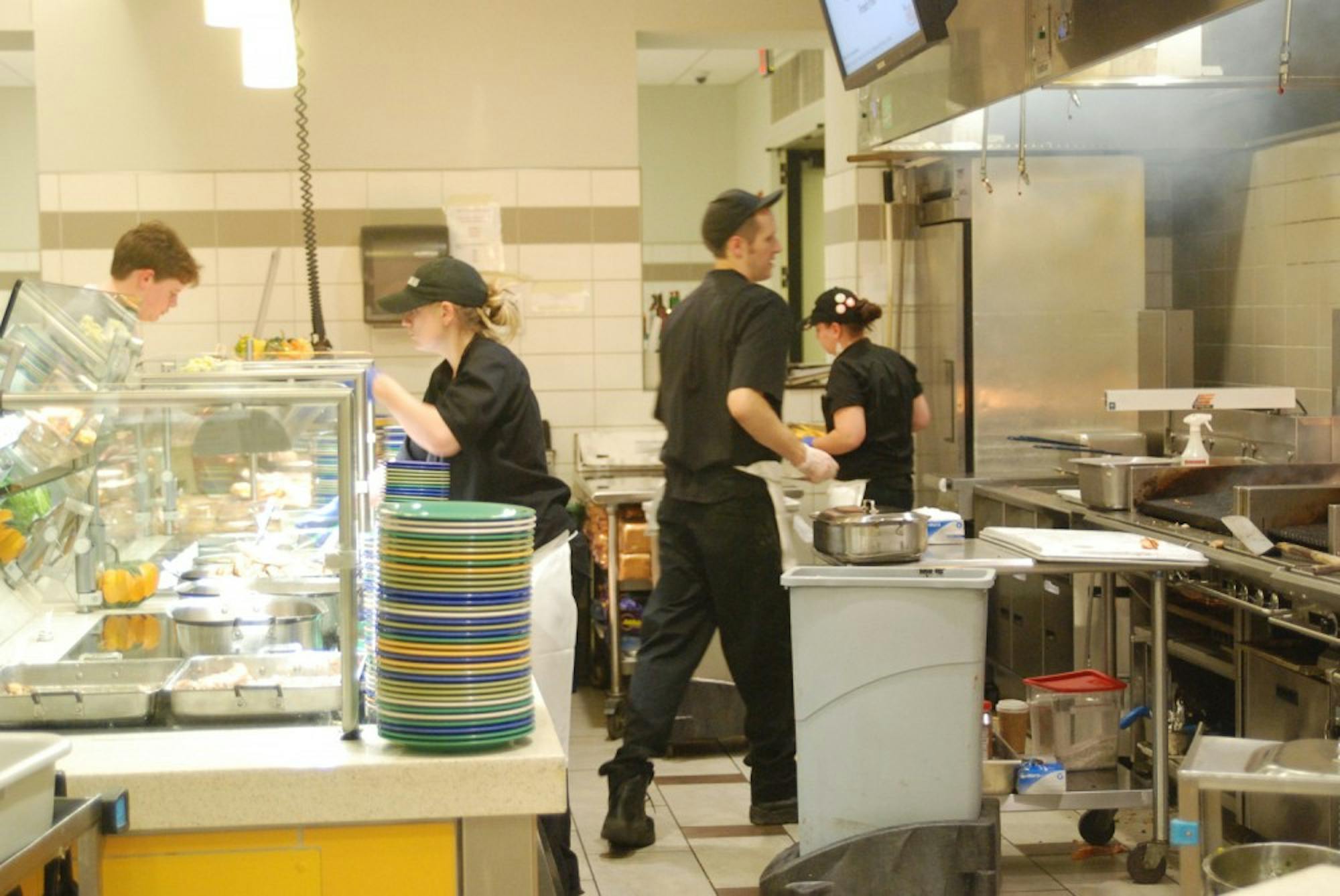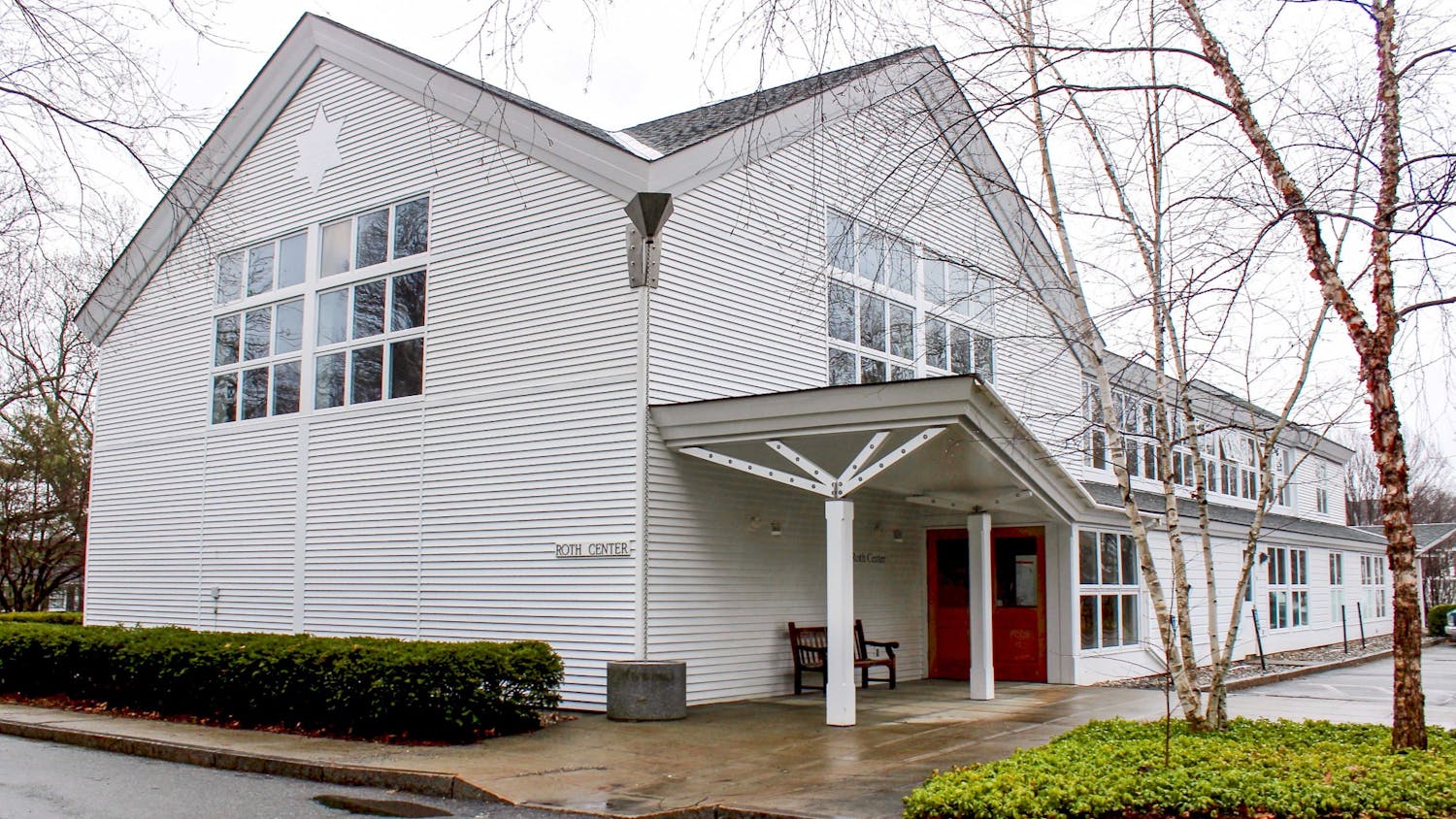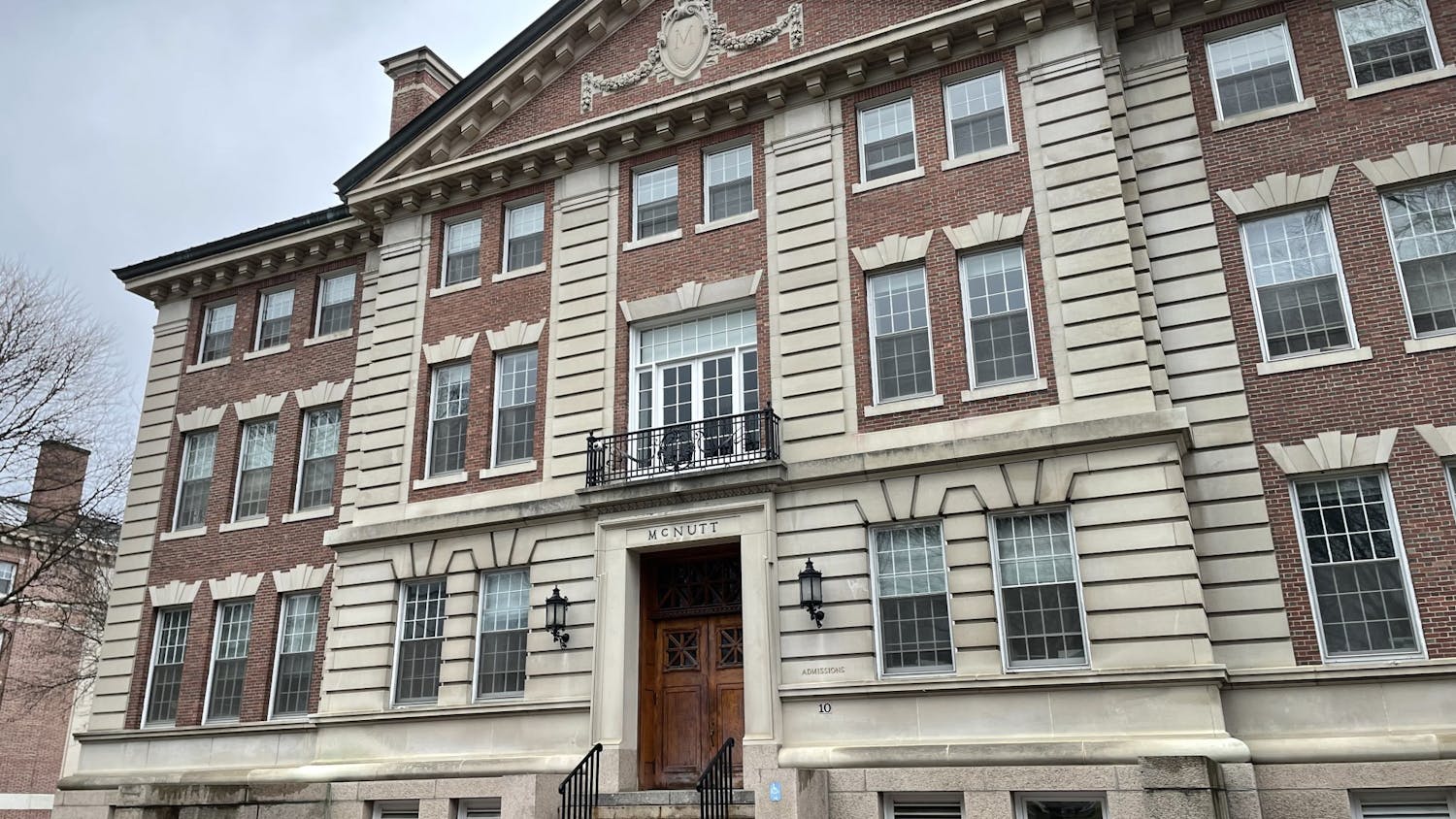Two years ago, Dartmouth Dining Services, in conjunction with the reopening of the Class of 1953 Commons, announced that it would shift from the a la carte payment system to a block choice and meal swipe plan. Since the change, more students have migrated to larger plans, said DDS director David Newlove.
According the data Newlove provided, the SmartChoice5 and SmartChoice20 options are the most popular plans on campus this term. Respectively, they account 32.5 and 32.9 percent of campus meal plans. Nearly 6 percent of students purchased off-campus plans, while nearly 20 percent opted for one of the block plans, which allocates a fixed number of meal swipes per term, rather than per week. There are 13 percent fewer students that opted to purchase the SmartChoice5 plan this fall in comparison to last spring, Newlove said. Both the large proportion of students purchasing SmartChoice20 plans this term and the decrease in SmartChoice5 purchases can partially be explained by the requirement that freshmen purchase the SmartChoice20 plan in their first term.
In the SmartChoice plan’s first year, all upperclassmen were required to purchase the SmartChoice14 plan, and 68.9 percent switched to a smaller plan after their first term. Data was not available for how many freshmen downgraded their plans after fall 2011.
“In general compared to two years ago, more students are purchasing larger meal plans,” Newlove said. “Charging over the meal plan has actually declined.”
Newlove said the switch was principally motivated by the propensity for students to overcharge their accounts.
“When it was a la carte, the charging was close to $200 per student,” he said. “It’s dropped significantly.”
He added that juniors and seniors tend to have the largest charges.
“Last year for fall, juniors charged $195 over their meal plans. Seniors charged $167,” he said. “These students are the ones with smaller plans.”
There are 13 percent fewer students that opted to purchase the SmartChoice5 plan this fall in comparison to last spring, Newlove said. Part of this decrease is due to the large influx of freshmen purchasing SmartChoice20 this term.
Since the new system was instituted, DDS has hiked meal plan prices twice. This summer, DDS announced that it would raise prices by 4 percent across all meal plans, charging, on average, an additional $60 for $29 in extra DBA.
When asked if the meal plan arrangement had positively affected DDS’s finances, Newlove said the renovation of ’53 Commons had sapped any excess profit that the switch had generated.
He said the revenues are neutral when debt service is taken into account.
When first introduced, the meal plan system was highly controversial among the student body. The change resulted in protests in front of the Hopkins Center as well as a Facebook page that garnered over 1,000 likes.
The most recent round of price increases, as well as the meal swipe system in general, has produced mixed reactions among the student body.
Yufan Lin ’14, who is on the SmartChoice14 plan, said the current system is better than a la carte, but has yet to see food quality improve from the most recent price increase.
“I think the price increase is kind of unwarranted,” he said.
Other students echoed Lin’s sentiments regarding the price increases.
Nick Shallow ’16, who is on the SmartChoice20 plan, said that he is, for the most part, satisfied with the option because he frequently eats at ’53 Commons but that the system has flaws.
“I understand that they have to have their monopoly, but it seems a little unfair to jack up the prices,” he said.
Shallow said requiring a meal plan can be an extra financial burden for those who live in a dormitory with a kitchen.
Similarly, those with the off-campus meal plan said they felt an additional strain resulting from the meal plan requirement.
“If I was allowed to buy groceries I could support myself on $700,” said Matt Stone ’12. “I end up paying well over $1000. We’re already two-thirds of the way through the term and I still have $600 left on DBA. It’s a massive chafe.”
Others said the meal plan structure currently suits their needs, but they enjoyed the greater flexibility that the a la carte system offered.
Newlove said plans in the future will likely incorporate more flexibility.
“We continue to offer more meal plans,” he said. “As we offer more choice, it gives more flexibility to have what [students] want. We could see in the future more meal plans.”




